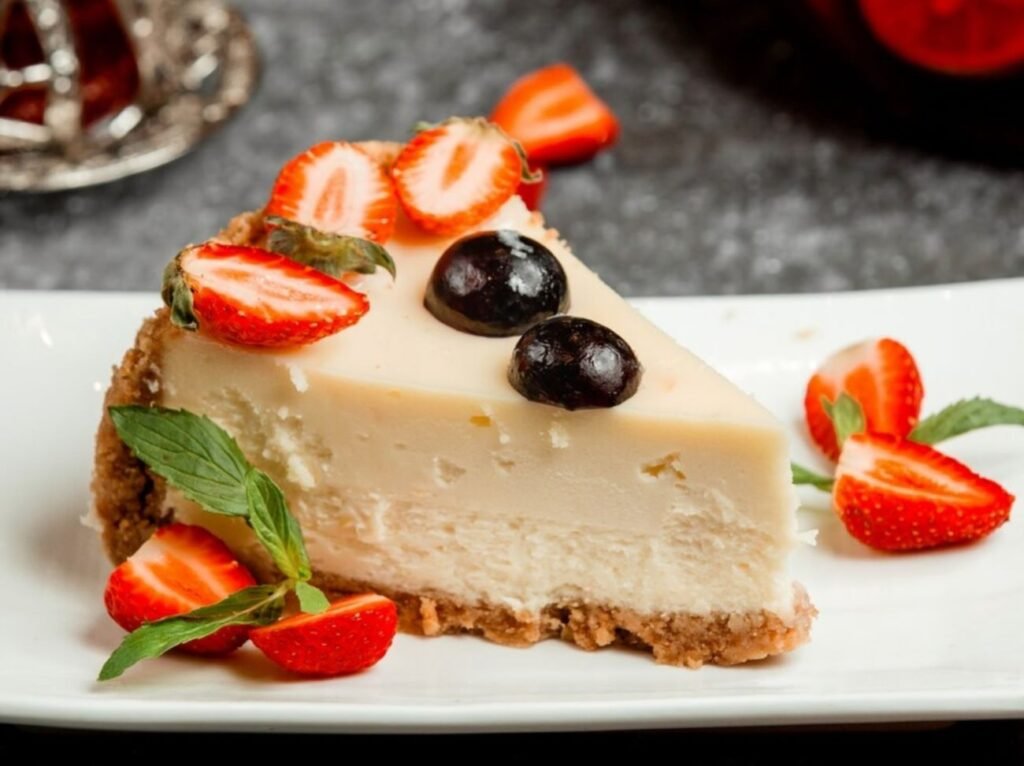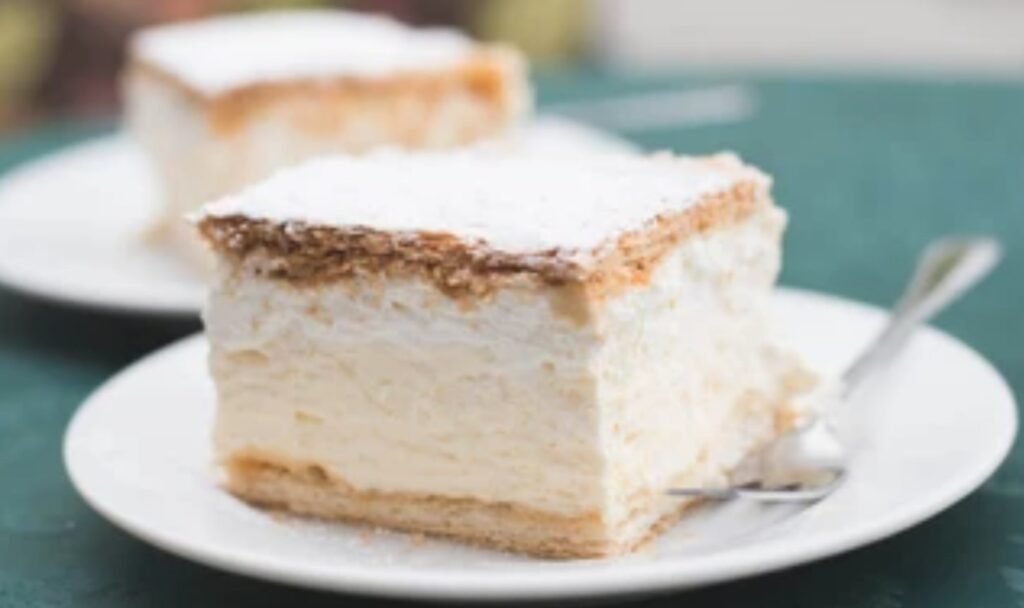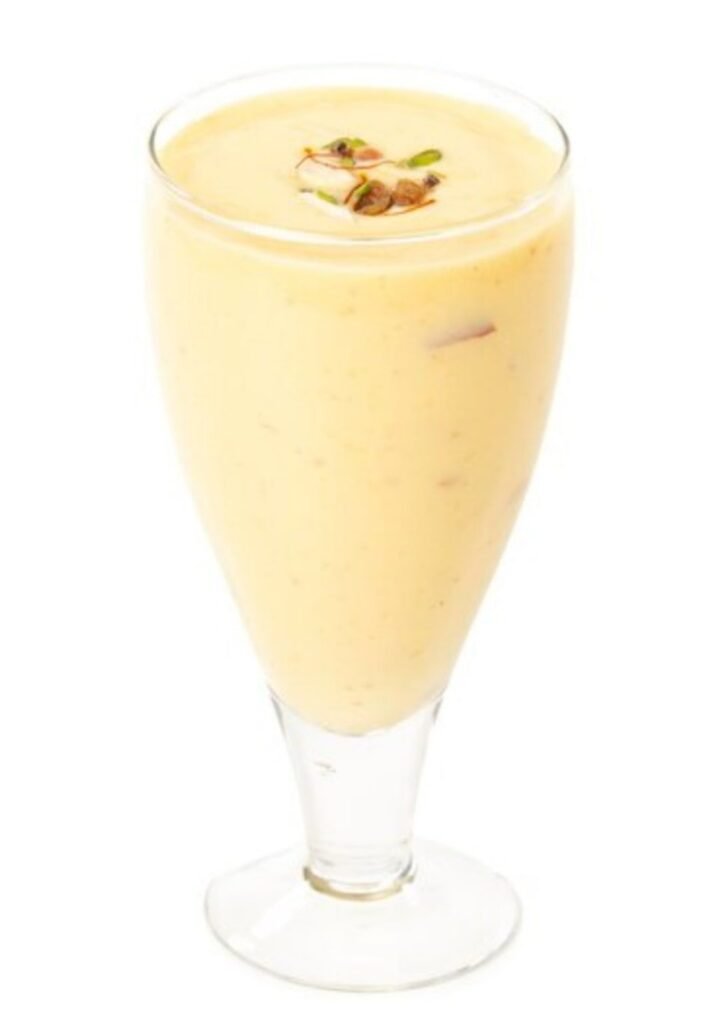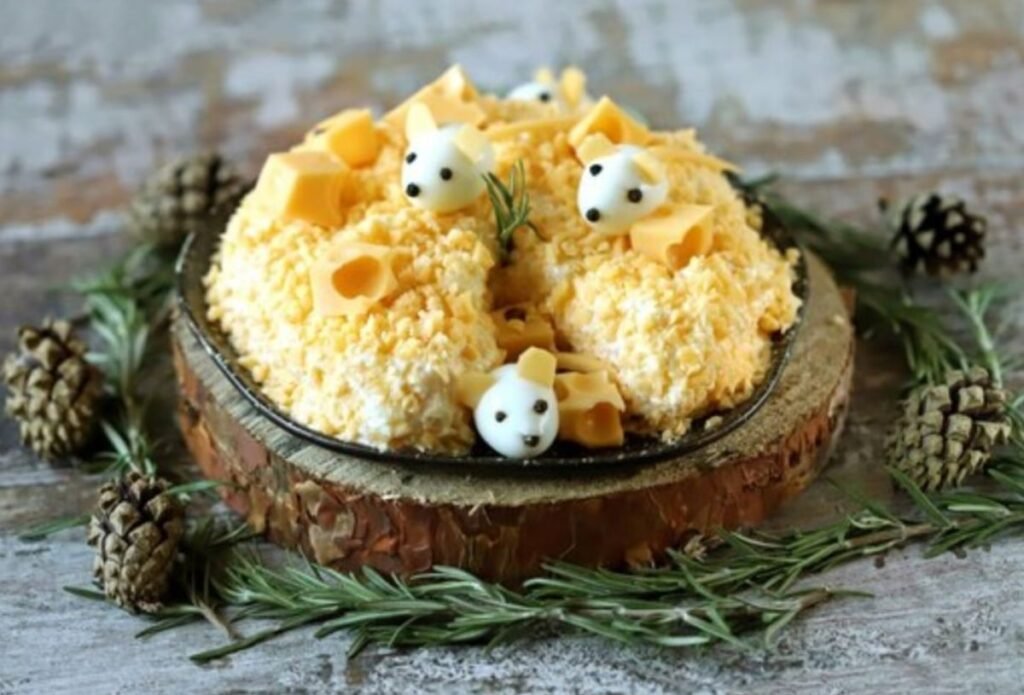Introduction to Polish Desserts
Embark on a delectable journey through the sweet traditions of Poland as we explore the rich and diverse world of Polish desserts. From iconic pastries to time-honored confections, Polish sweets are like prize to the country’s culinary heritage. Each treat carries a story, a taste of history that has been lovingly preserved through generations. Join us in uncovering the delightful flavors and unique techniques that make Polish desserts a true delight for the senses. Get ready to indulge in a symphony of sweetness that reflects the heart and soul of this enchanting European cuisine.
Table of Contents
Pączki

These deep-fried doughnuts, often filled with jam or custard, are a beloved treat, especially during Fat Thursday celebrations.
Sernik

A classic Polish cheesecake made with farmer’s cheese or curd cheese, offering a rich and creamy texture.
Makowiec

This poppy seed roll is a staple during holidays, featuring a sweet filling made from ground poppy seeds, honey, and nuts.
Piernik

A spiced honey cake, often layered and covered with chocolate or glaze, making it a popular dessert for festive occasions.
Kremówka

Also known as Napoleonka, it’s a luscious cream pie with layers of puff pastry and vanilla custard, creating a delightful combination of textures.
Rogaliki

These crescent-shaped pastries, filled with various sweet fillings like poppy seed or fruit preserves, are enjoyed with a cup of coffee or tea.
Kogel Mogel

A simple yet delicious dessert made from whipped egg yolks, sugar, and sometimes honey, creating a sweet and creamy consistency.
Paczki z Różą

Translating to “rose doughnuts,” these are deep-fried doughnuts with a distinctive rose-shaped pattern, often filled with rose petal jam.
Ptasie Mleczko

A popular candy consisting of marshmallow-like filling covered in chocolate, offering a sweet and fluffy indulgence.
Kruszonka

A crumbly topping made from a mixture of flour, butter, and sugar, often sprinkled over fruit-filled desserts or cakes.
Frequently Asked Questions (FAQs)
Q1: What are some traditional Polish desserts?
A1: Traditional Polish desserts include favorites like paczki (filled doughnuts), szarlotka (apple pie), and sernik (cheesecake).
Q2: Can you suggest a simple recipe for making pierogi, a popular Polish dessert?
A2: While pierogi are commonly associated with savory fillings, sweet variations like blueberry or cherry-filled pierogi make delightful desserts. Try using a basic pierogi dough and sweet fruit fillings.
Q3: Are there any gluten-free options for Polish desserts?
A3: Yes, some traditional Polish desserts can be adapted to be gluten-free. For example, gluten-free flour can be used in recipes for babka or flourless chocolate torte.
Q4: What is the significance of desserts in Polish culture?
A4: Desserts play a significant role in Polish culture, often enjoyed during celebrations and family gatherings. They reflect the country’s rich culinary traditions and are a source of pride.
Q5: How do you make a classic Polish cheesecake (sernik) at home?
A5: To make a classic Polish cheesecake, combine farmer’s cheese, eggs, sugar, and vanilla extract. Bake in a crust until set. Many variations, including fruit toppings, are popular.
Q6: What is the difference between a makowiec and a sernik?
A6: Makowiec is a poppy seed roll, while sernik is a cheesecake. Makowiec is often served during holidays, while sernik is a year-round favorite.
Q7: Are there any vegan Polish dessert options?
A7: Yes, you can adapt some Polish desserts to be vegan. For instance, explore vegan versions of paczki using plant-based ingredients.
Q8: What desserts are typically served during Polish holidays?
A8: Polish holidays often feature special desserts like piernik (gingerbread) during Christmas, and pączki on Fat Thursday, a day dedicated to indulging in rich foods before Lent.
Q9: Can you recommend a unique Polish dessert for someone with a sweet tooth?
A9: Try making kogel mogel, a simple and sweet Polish dessert made with egg yolks, sugar, and sometimes cocoa. It’s quick to prepare and satisfyingly sweet.
Q10: How can I incorporate Polish dessert traditions into my own cooking?
A10: Explore Polish dessert recipes, attend cooking classes, or connect with Polish communities to learn more about the techniques and flavors that make Polish desserts special.
Conclusion
In conclusion, exploring the world of Polish desserts unveils a rich tapestry of flavors, traditions, and cultural significance. From the indulgent sweetness of paczki to the heartwarming aromas of apple-laden szarlotka, each dessert carries a piece of Poland’s culinary heritage. The warmth of family gatherings and the joy of celebrations are intertwined with the creation and enjoyment of these delectable treats.
Whether delving into the intricacies of crafting a perfect Sernik or savoring the unique blend of poppy seeds in Makowiec, Polish desserts offer a delightful journey for both the palate and the soul. As we close the chapter on this exploration, let the sweetness of these culinary treasures linger, inviting us to embrace the cultural richness embedded in every bite and fostering a deeper appreciation for the traditions that make Polish desserts truly exceptional.




Pingback: Famous Russian Food 101 - octomys